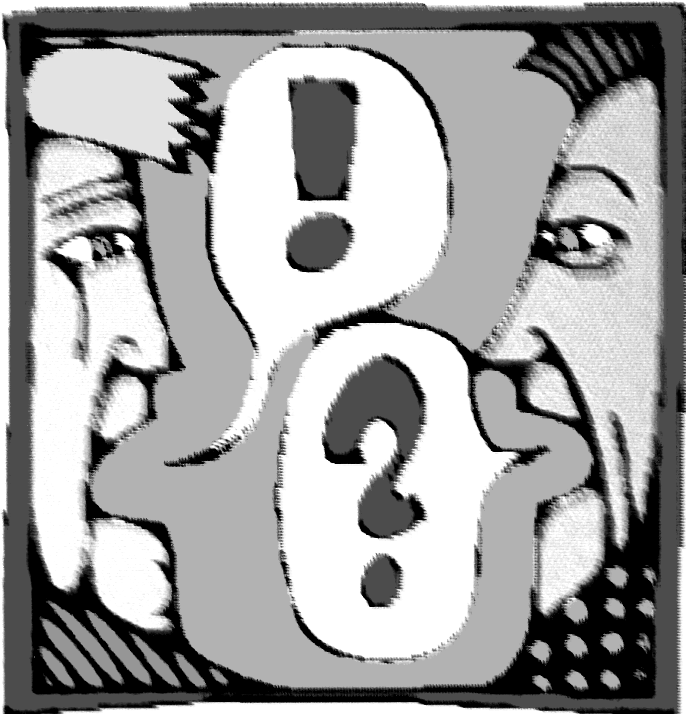
- •Донецький національний університет економіки і торгівлі імені Михайла Туган-Барановського
- •Economics Today
- •Content
- •Texts for Individual Reading
- •Передмова
- •Unit 1. What does economics study?
- •Vocabulary.
- •What does economics study?
- •Money price human wants scarcity
- •What does economics study?
- •Pronouns
- •Unit 2. Different Economic systems.
- •Vocabulary.
- •Different economic systems
- •Outstanding economists.
- •Unit 3. Economics as a social science.
- •Vocabulary.
- •Try to explain the above mentioned economic notions as you understand them, by your own words.
- •Economics as a social science.
- •Economics as a social science
- •Outstanding economists
- •Unit 4. Economics as a policy.
- •Vocabulary.
- •Economics as policy.
- •Economics and policy
- •Outstanding economists.
- •Unit 5. Main economic concepts.
- •Vocabulary.
- •Main economic concepts.
- •Outstanding economists.
- •2. Define:
- •Unit 6. Market, Supply and Demand.
- •Vocabulary.
- •Market, supply and demand
- •What money can’t buy
- •Outstanding economists.
- •Unit 7. Prices and their formation.
- •Vocabulary.
- •Price and its formation.
- •Past Tenses
- •When prices draw us.
- •Outstanding Economists.
- •2. Value:
- •Unit 8. Taxes and Taxation.
- •Vocabulary.
- •Taxes and taxation
- •Past Tenses Past Perfect Simple
- •Past Perfect Continuous
- •Will Germany Start Tax Reform?
- •Crackdown on “alcohol disorder zones”
- •Outstanding economists.
- •Sources of government revenue
- •Public spending
- •Unit 9. Business organization.
- •Vocabulary.
- •Forms of business ownership in the u.S.A.
- •The Formal Organization.
- •Up and Down of People Express
- •Burr’s Business
- •3. Necessity:
- •Unit 10.
- •Forms of business small business
- •I. Can you stick with it?
- •How to make business plan.
- •The Passive Voice
- •Unit 11. Franchising.
- •Vocabulary.
- •Franchising.
- •Evaluate your franchise opportunities.
- •Mc’Donald’s : burger and fries a la français.
- •Invest:
- •5. Tax:
- •Unit 12.
- •International Trade.
- •International trade.
- •How to avoid business blunders abroad.
- •Vocabulary to Text 2.
- •Advertising.
- •Vocabulary:
- •Answer the questions:
- •Economic theories.
- •Vocabulary:
- •Answer the questions:
- •Main economic concepts.
- •Vocabulary:
- •Answer the questions:
- •Management.
- •Vocabulary:
- •Answer the questions:
- •Marketing.
- •Vocabulary:
- •Answer the questions:
- •Types of economic systems.
- •Vocabulary:
- •Vocabulary:
- •Practical Tasks:
- •Text 2. Classical Theories.
- •Vocabulary:
- •Practical Tasks:
- •Text 3. The Meaning of Management.
- •Vocabulary:
- •Practical Tasks:
- •What is you understanding of management?
- •Vocabulary:
- •Practical Tasks:
- •Text 5. Management Activities.
- •Vocabulary:
- •Practical Tasks:
- •Text 6. Classical Theories.
- •Vocabulary:
- •Practical Tasks:
- •Text 7. Fayol's Principles of Management.
- •Vocabulary:
- •Practical Tasks:
- •Text 8. F.W.Taylor and Scientific Management.
- •Vocabulary:
- •Practical Tasks:
- •Text 9. The Principles of Scientific Management.
- •Vocabulary:
- •Practical Tasks:
- •Text 10. Scientific Management after Taylor.
- •Vocabulary:
- •Practical Tasks:
- •Text 1. Comments on the Scientific Management School.
- •Text 2. L.F.Urwick.
- •Text 3. E.F.L.Brech.
- •Text 4. Max Weber and the Idea of Bureaucracy.
- •Text 5. Bureaucracy.
- •Text 6. Bureaucracy after Weber.
- •Questions for Discussions to texts 1-6.
- •Nobel prize winners.
- •1975: Nobel Prizes.
- •Money in our everyday life quotations. Attitudes to money.
- •Giving away money.
- •Money and everyday life.
- •Money and the family.
- •Money at work.
- •Money madness.
- •Possessions.
- •The economic model.
- •The psychology of money.
- •The very rich.
- •Young people, socialisation and money.
- •Poetry.
- •I have some fe a rainy day underneath me bed,
- •Is dis culture yours, cause it is not mine
- •It could do good but it does more bad
- •The coin speaks.
- •The hardship of accounting.
- •The millionaire.
- •Keys unit 1.
- •Comprehension check.
- •Unit 2.
- •Comprehension check.
- •Unit 3.
- •Comprehension check.
- •Unit 4.
- •Comprehension check.
- •Unit 5.
- •Comprehension check.
- •Unit 6.
- •Comprehension check.
- •Unit 7.
- •Train and check yourself
- •Unit 8.
- •Unit 9.
- •Comprehension check.
- •Fill in the chart
- •Unit 10.
- •Unit 11.
- •Comprehension check.
- •Unit 12.
- •Keys to the texts for individual reading
- •Economics Today
Price and its formation.
Price is amount of money needed to obtain one unit of a good or service. Also, we may say that price is the money value of a unit of that price, service, asset or labour. In theory, there are markets where the price of commodity is set solely by the interaction of supply and demand. But in reality markets are rarely perfect and consumers, producers or governments may have excessive influence upon the price of the commodity concerned.
Almost all will agree that the best way to price is to charge what the market will sustain. But it is not always easy. Often, firms are not aware of additional sales revenue that could have been realized if their price had been lower or, perhaps surprisingly, if their price had been higher!
If the demand for good is not very responsive to changes in price, then an increase in price may lead to little fall in demand for the good and an increase in total revenue.
If the demand for a good is responsive, then an increase in price will lead to a larger proportional decrease in demand for the good and revenue will fall.
It may be that the increase in price is cancelled out by the decrease in demand and that revenue remains the same.
Fine tuning the price of a product may mean the difference between success and failure in business. Companies use a variety of techniques to optimize their pricing decisions. They are price lining, odd pricing, suggest pricing and discount pricing.
Many companies follow the policy of price lining. They offer their products at a limited number of set prices. For instance, record companies may offer $4 line, $5 line and $8 line. Price lining has two advantages: it simplifies the process of selling the products and it makes the consumer’s choice easier by limiting the number of alternatives.
In many industries, prices tend to end in numbers slightly below the next dollar figure such as $ 19.95, $ 24.98, $ 49.99. This method is known as odd or psychological pricing.
Some manufacturers of consumer goods advertise their merchandise at suggested retail prices. This practice is known as suggest pricing. They may even stamp a price on their product. Retailers can sell it at the suggested price or for less and create the impression that they give a discount.
Discount pricing offers a discount in price. Companies offer different types of price reductions, depending on the type of customer and the type of item being offered. A trade discount is offered by the producer to the wholesaler of retailer. A quantity discount is offered to buyers who order large quantities of a product. A cash discount is a price reduction for people who pay in cash.
|
COMPREHENSION CHECK |
|
Exercise 1. Are these statements true or false?
Price is a label put on the good.
Price is the amount of money paid per unit of a good or service.
The price of a commodity is set solely by the interaction of supply and demand in real life.
In practice not only supply and demand but many other factors can influence the price.
It’s easy to price a good knowing the costs for its production.
A real price for a good may be charged only after all marketing investigations in the given sphere but not knowing only costs.
Only a very experienced marketologist can make a fine tuning of the price, because due to him a firm may flourish or go up in smoke.
Discount pricing is widely used at the end of the seasons.
The enterprises of the former Soviet Union always stamped prices on their products.
Odd pricing influences the psychic of a person making the illusion of commodity availability.
Exercise 2. Answer the following questions.
What is price?
Is the price set solely by the interaction of supply and demand?
What other factors influence the price, except supply and demand?
What factors should be taken into account while pricing a commodity?
When can we see a little fall in demand for a good?
What happens when the increase in price is cancelled out by the decrease in demand?
What defines success or failure of a business?
What pricing techniques are used by companies?
What is meant under the policy of price lining?
What is odd pricing?
What technique proposes a reduction in price?
What technique is the best, to your mind?
|
Let’s ponder!
|
| |
|
|
GRAMMAR Active Voice. Past Simple. Past Continuous. | |


